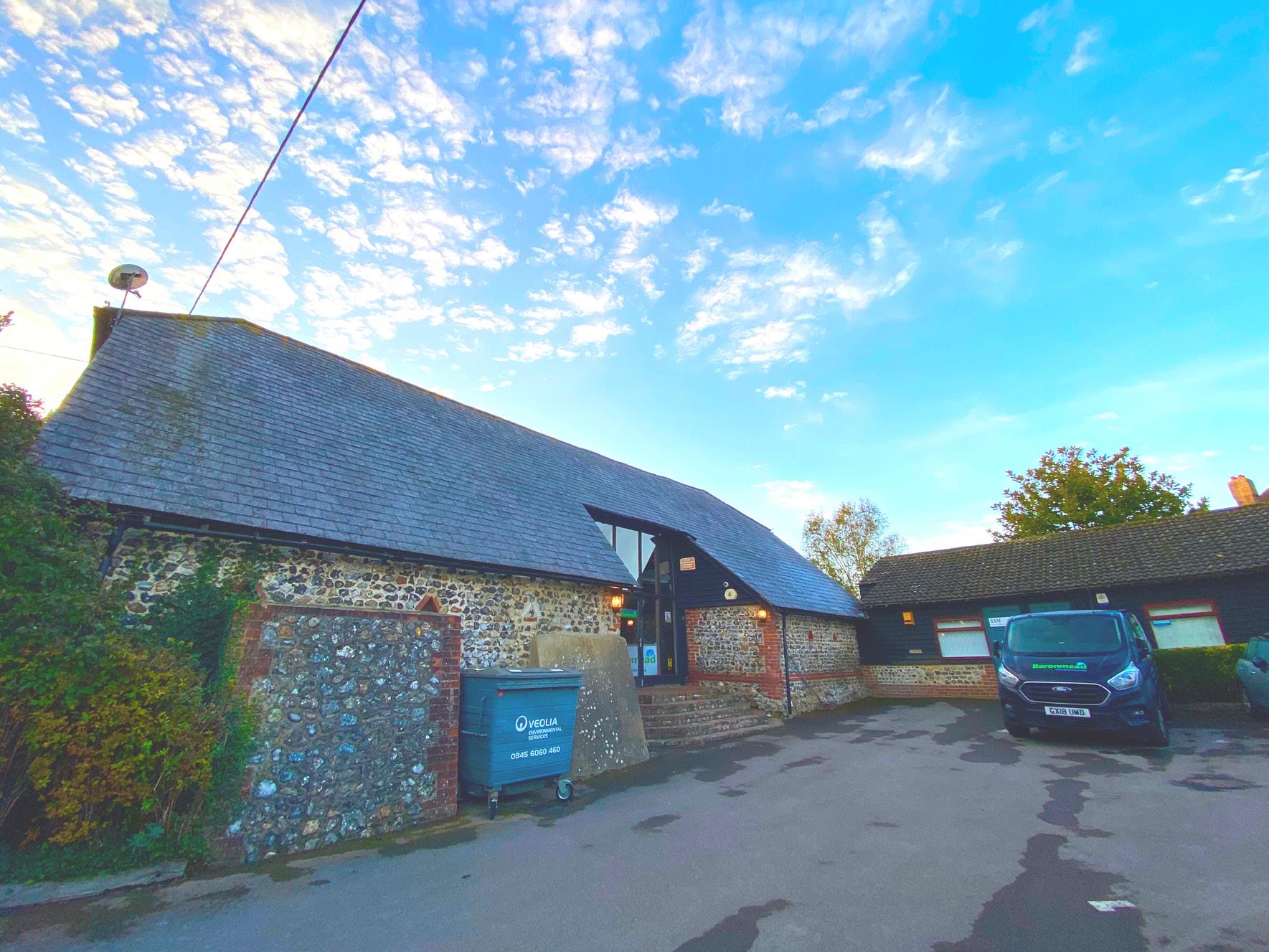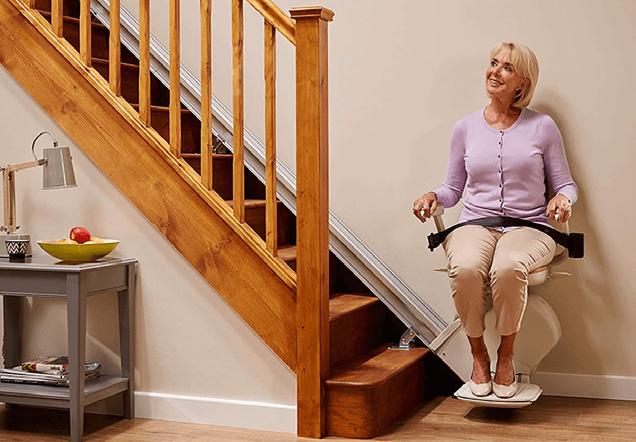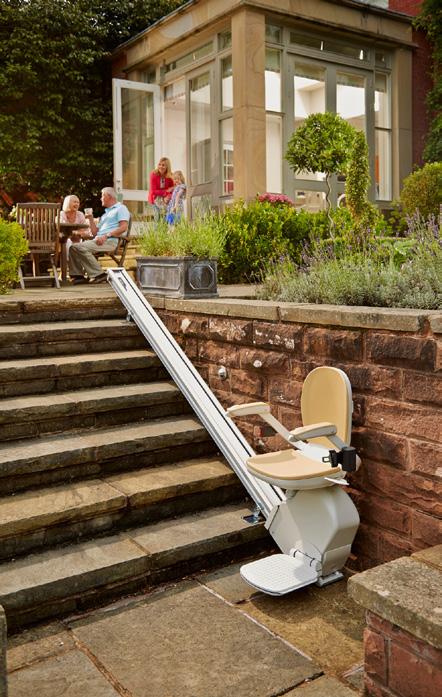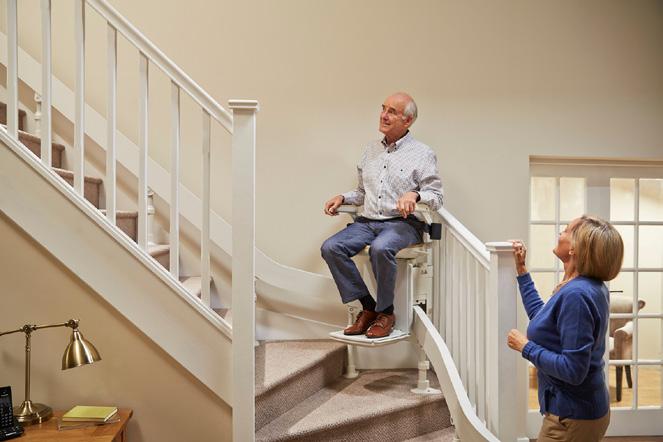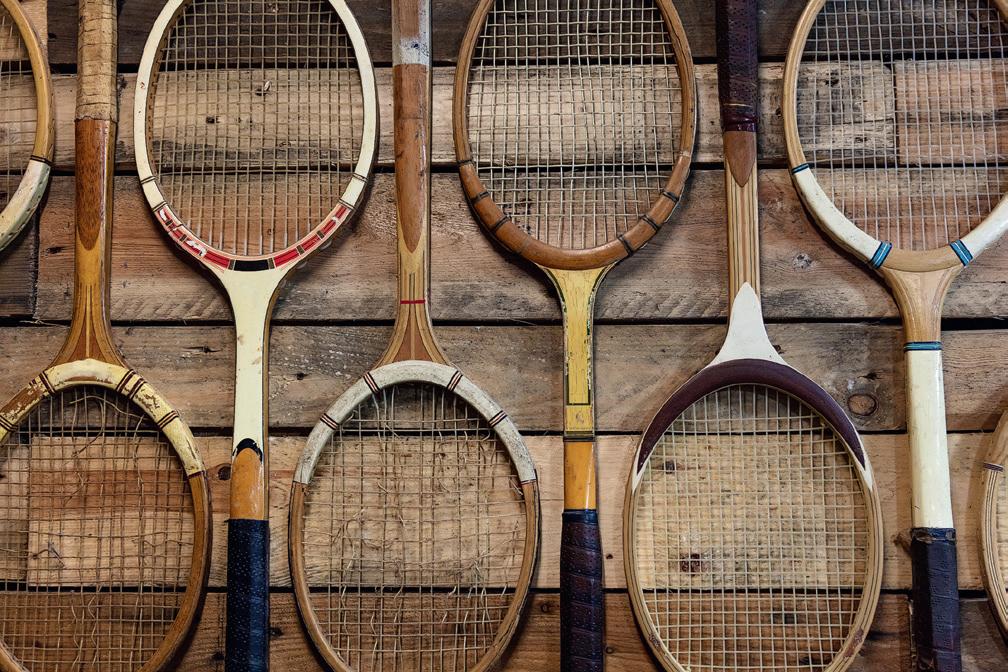
4 minute read
MAKING A RACQUET
BY GEMMA CROW THE SCIENCE BEHIND THE SPORT
Are you like me, waiting in anticipation for Wimbledon at the start of next month? I’ve been playing more tennis lately in an attempt to regain some of my pre-pregnancy fitness and I needed a new racquet. The choice was overwhelming. So many types, brands, materials and prices. Oh my goodness, I had forgotten how expensive sporting equipment can be, but it did get me thinking about racquets.
Advertisement
Tennis has been played for centuries, and the racquet has evolved significantly over time. The first tennis racquets were made of wood, with a small, oval-shaped head and a short handle. These racquets were heavy and difficult to manoeuvre, and players had to use a lot of strength to hit the ball. As the sport became more popular, manufacturers began to experiment with different materials and designs to improve performance and reduce weight.
In the 1870s, laminated wooden racquets were introduced. These were lighter and more durable than traditional wooden racquets. They were made of several layers of wood glued together, and they allowed players to hit the ball with greater speed and accuracy.
It wasn’t until the 1960s, that aluminium and steel racquets were introduced, which were even lighter and more durable than their wooden predecessors. They also had a larger head and a longer handle, which allowed players to generate more power and spin on their shots.
By the 1980s, composite materials such as graphite and fiberglass began to be used in the construction of tennis racquets. These materials had the advantages of being lightweight but also more flexible, so they allowed players greater control of their shots.
Carbon fibre and Kevlar racquets appeared in the 1990s, as manufacturers began to experiment with materials that were stronger and stiffer. They began to produce racquets with larger sweet spots which players liked because it allowed them to place even powerful shots more accurately. The racquets themselves evolved to be larger and more aerodynamic, with a greater emphasis on balance and weight distribution to improve performance and reduce the risk of injury.
Nowadays technology allows companies to use computer modelling and real time simulation to design racquets with even greater precision, and they can even marry the design to a particular player’s style. Many professional players use customized racquets tailored to their specific requirements.
So, whether you are fortunate enough to be attending in person, or watching your heroes from Henman hill, or from the comfort of your sofa, give a thought to the racquets they are holding and the science and technology that allowed them to fulfil their dreams.



Arun Neighbourhood Policing Team
You can contact your local team in the following ways:
• Call us: on 101 to report a crime or 999 if it’s an emergency
• Email us: arun@sussex.pnn.police.uk
How secure is your outdoor property?
Quite often people don’t secure their shed or garage in the same way they do their homes, yet they are there to protect your valuable contents. An opportunistic burglar can find the tools they need in your shed or garage to break into your home. Ensure that any outbuildings, sheds or side entrances on your property are left secure and that bikes or tools are locked away and hidden from view. The most common items stolen from sheds and outbuildings are:
• Bikes, which includes electric bikes and quad bikes
• Mowers
• Sporting equipment
To improve security consider taking the following steps:
• Buy a shed alarm
• Keep keys secure and out of sight
• Fix a laminated glass film or a mesh / grill to the inside of any windows.
• Power tools
• Garden tools
• Fit concealed hinges to prevent burglars from unwinding screws and bolts.
• Consider security lights and CCTV.
• Consider property marking your items with your surname and postcode
We are committed to catching criminals and making your neighbourhood a safer place to live. The information we receive from you and your neighbours plays a huge part in enabling us to do that. If you see anything suspicious, call us straight away on 999.
FEELING WASPISH? BY
In Favour Of The Humble Wasp
SARAH DAVEY
With their distinctive black and yellow bodies, angry buzz, and stingers, wasps are easily recognisable. Most of us have splatted one that’s become annoying. However, they are fascinating creatures with a complex, social structure.
Wasps create nests using a combination of saliva and wood fibres. The result is a papery substance that is strong, yet lightweight. The nests themselves can take on a variety of shapes and sizes, depending on the species of wasp. Some nests are small and round, while others can be several feet long and have multiple levels. They are often incredibly beautiful, and usually last for one season before being abandoned.
Inside the nest, the queen wasp lays eggs and is responsible for the reproduction of the colony. The worker wasps are responsible for building and maintaining the nest, foraging for food, and protecting the colony from predators. The males, or drones, are responsible for mating with the queen and do not have a stinger. Despite their reputation for being aggressive, wasps are actually beneficial to gardens. They play a significant role in controlling other insect populations, such as flies and caterpillars, and help to pollinate flowers and plants. But there’s no doubt that wasps can be a nuisance to humans (especially those humans trying to enjoy a picnic). Instead of killing them try the following:
• Cover sweets drinks and foods.
• Distract wasps to another location, by placing sugar water or banana skins away from seating and eating areas.
• Use a safe, deet-free insect repellent.
• Burn citronella candles.
• Don’t eat close to fruit trees – especially ripe plums or apricots, they are a magnet for wasps.
